Price Containers Near You
Get pricing from container providers in your area. Containers are priced based on condition, size, & location. Valid contact details are necessary as you will be sent options & pricing.
Popular Storage Container Uses
The versatility of storage containers allows them to be used for everything from equipment storage to housing. Here are some common uses but don't let that limit your imagination...
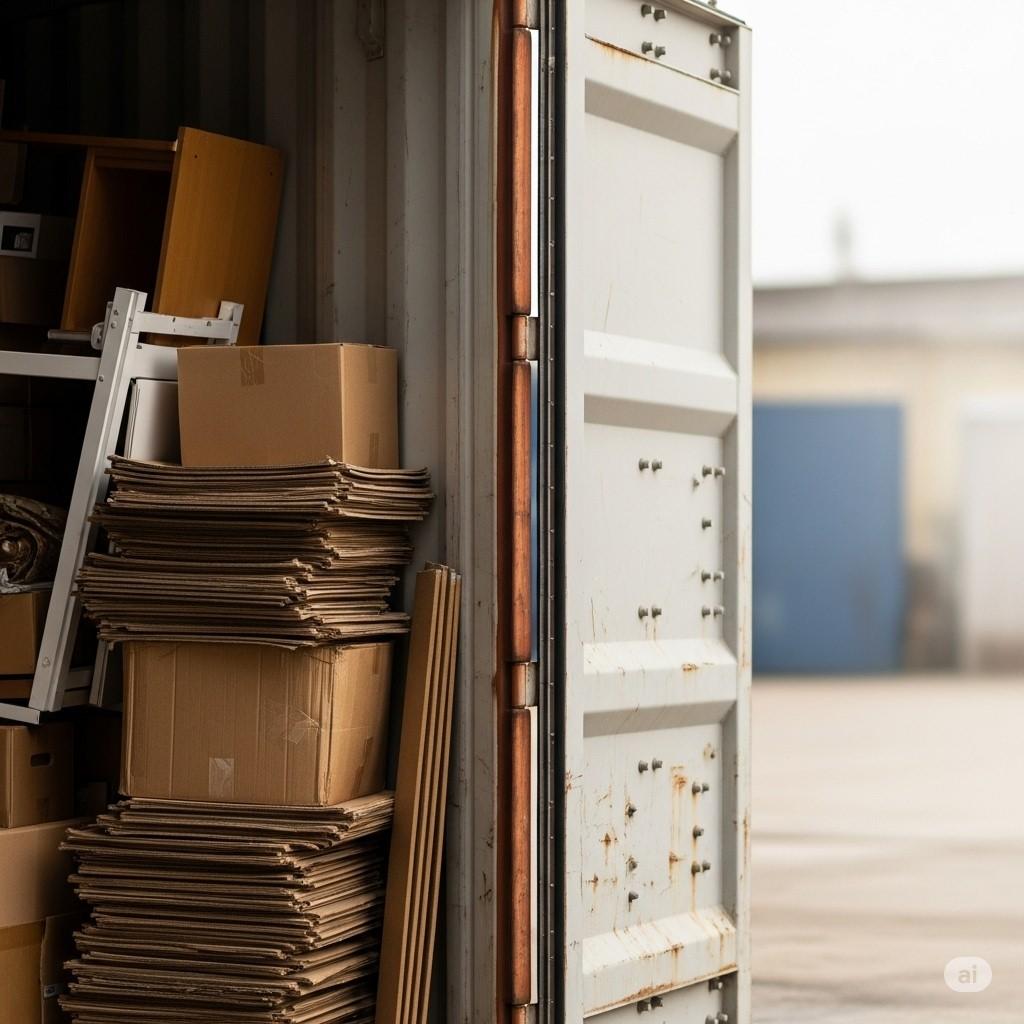
Storage
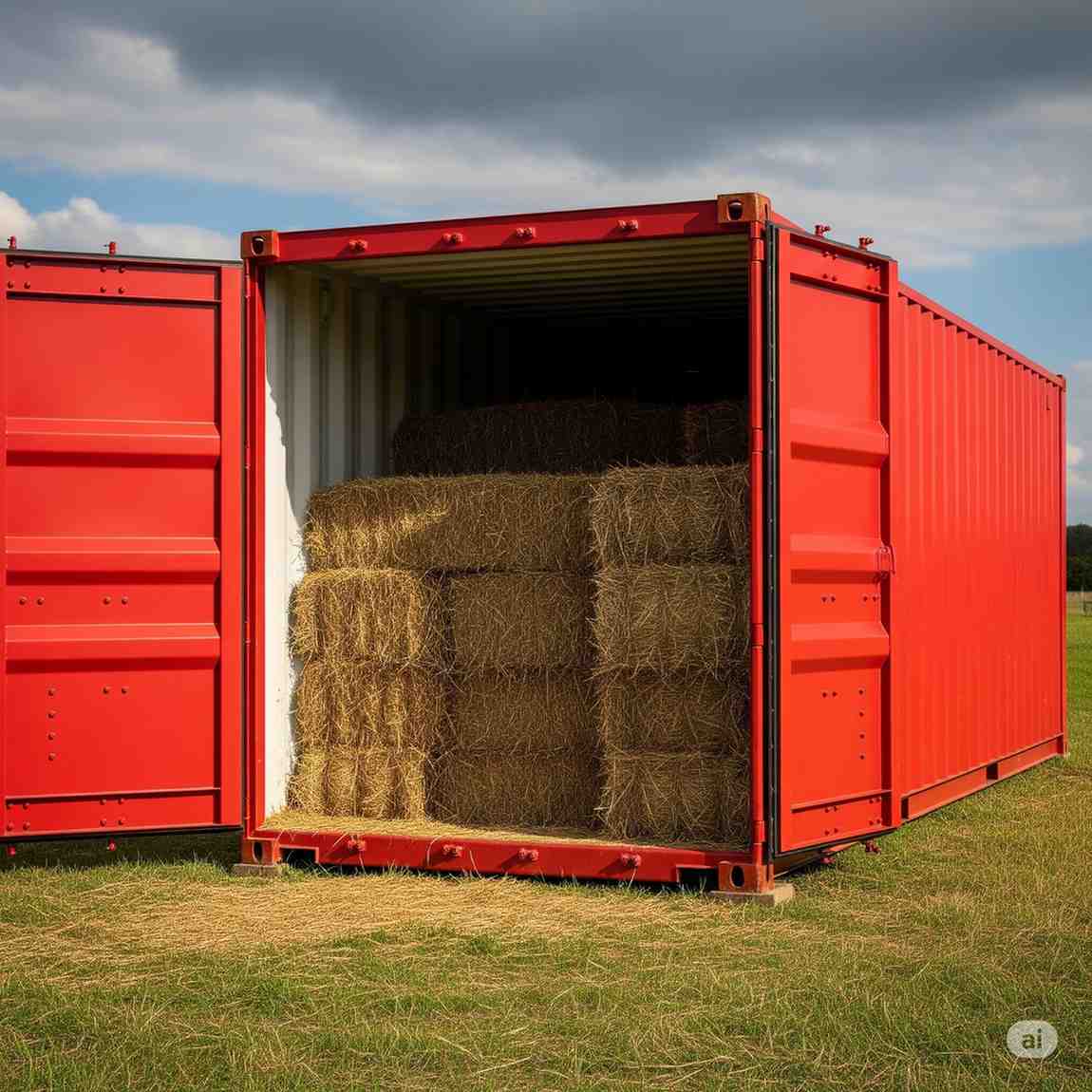
Farm
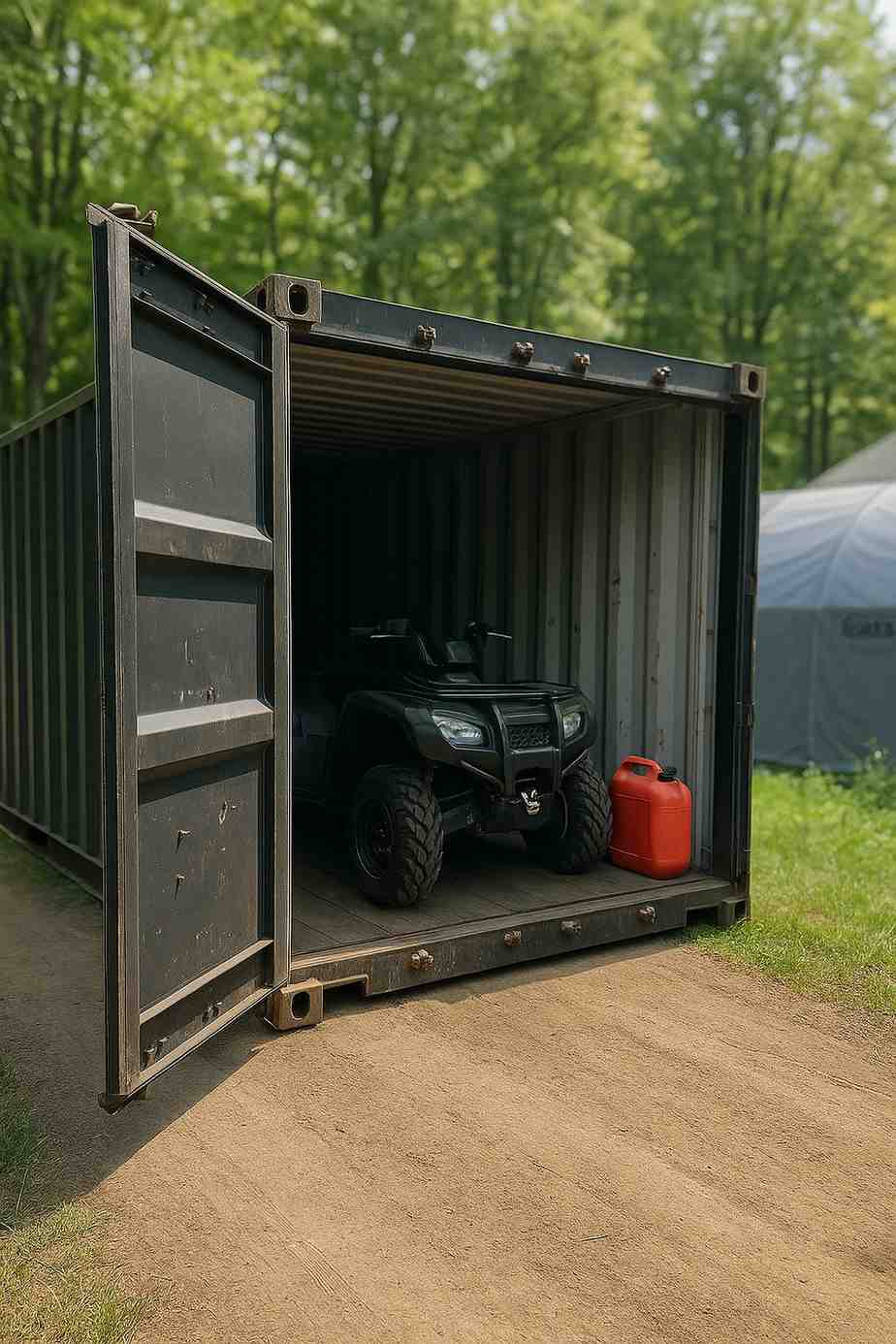
Garages
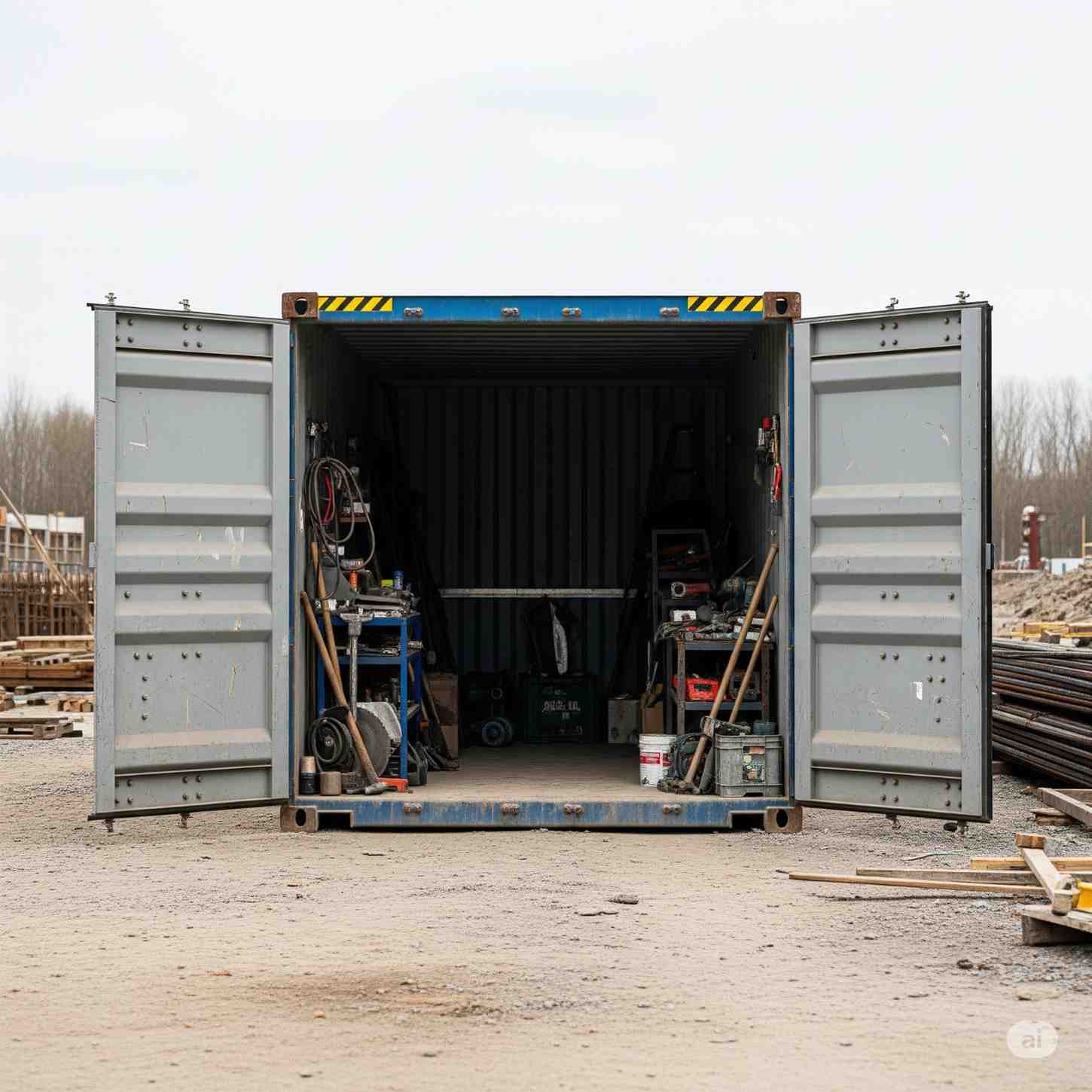
Construction

Commercial
Available Storage Container Sizes
Storage containers come in standard lengths with 20 and 40 foot being the most common and cost-effective options for storage and delivery.
20 Foot Long

40 Foot Long
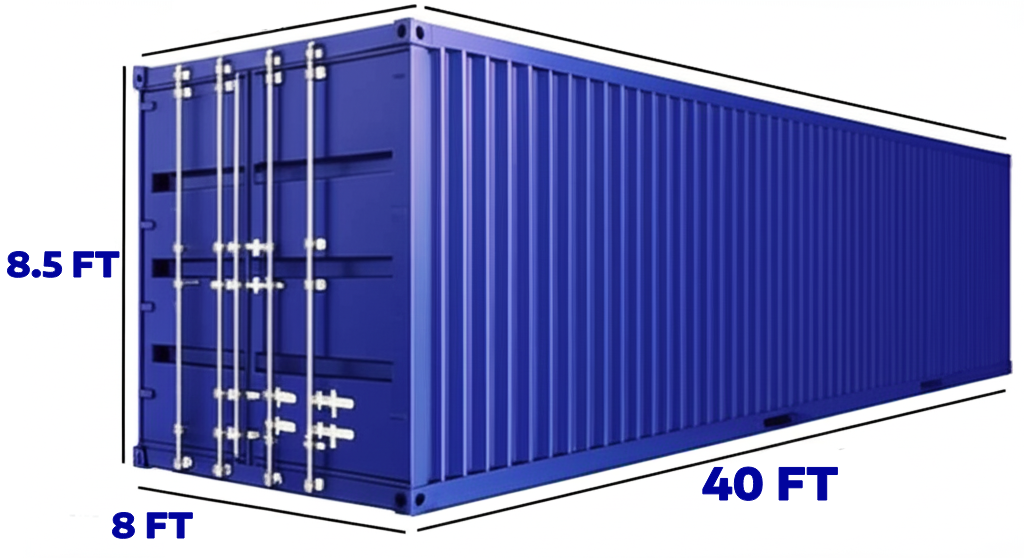
40 Foot Long High Cube
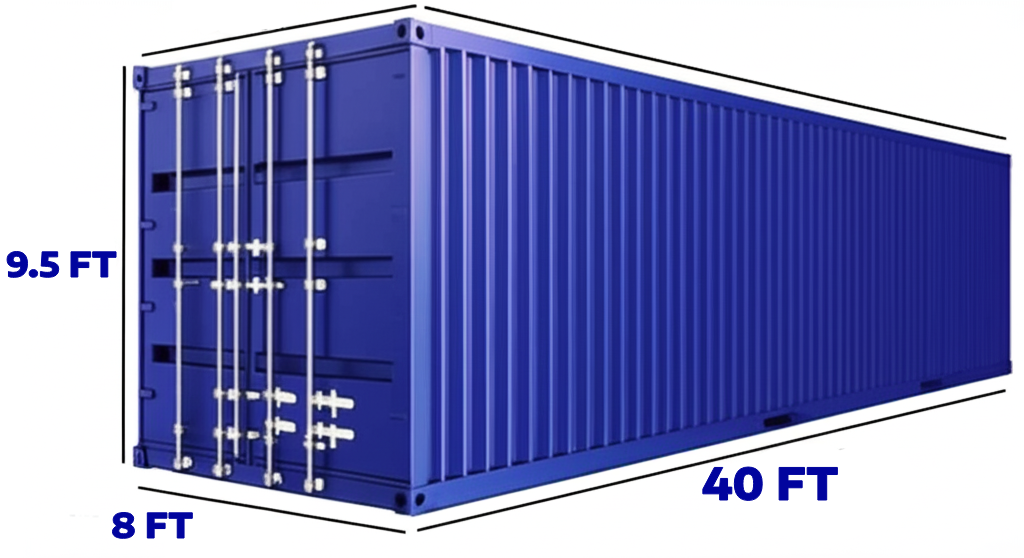
Shipping Container FAQs
Below is a list of common questions we receive about shipping containers. Note that each container is priced based on location, condition and availability. If you have any other questions please request a quote and a helpful rep will be happy to answer them.
Shipping containers offer numerous benefits including durability, security, weather resistance, mobility, and cost-effectiveness. They're built to withstand harsh marine environments and can be easily transported and relocated as needed.
Shipping containers are primarily made of corten steel (weathering steel), which is designed to resist corrosion and rust. The floors are typically made of marine-grade plywood, and containers feature rubber door seals for weather protection.
Standard shipping containers come in 20, and 40-foot lengths. A 20-foot container provides about 160 square feet of floor space, while a 40-foot container offers approximately 320 square feet. Heights are typically 8.5 feet, with high cube options at 9.5 feet.
A 20-foot container can hold up to 28,000 kg (61,730 lbs) of cargo, while a 40-foot container can hold up to 26,700 kg (58,860 lbs). The weight capacity depends on the container's tare weight and maximum gross weight specifications.
Used shipping containers are cost-effective because they're repurposed from their original shipping use. The high volume of international trade creates a surplus of containers in certain locations, making them an affordable storage solution.
Yes, shipping containers can be extensively customized. Common modifications include adding windows, doors, insulation, electrical systems, plumbing, HVAC, and interior partitions. They can be converted into offices, homes, workshops, and more.
With proper maintenance, shipping containers can last 20-25 years or more. Their lifespan depends on factors like climate, usage, maintenance, and the container's condition when purchased. Regular cleaning and rust prevention can extend their life significantly.